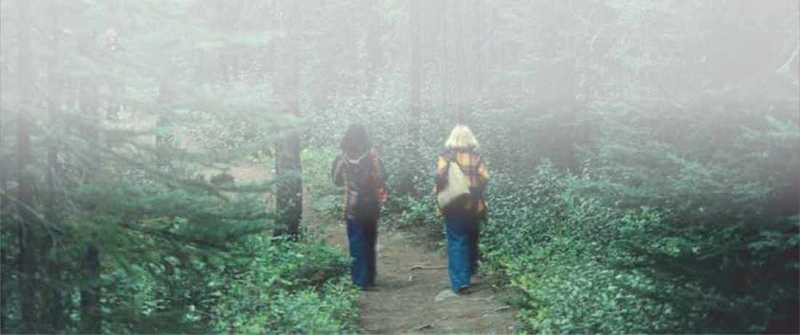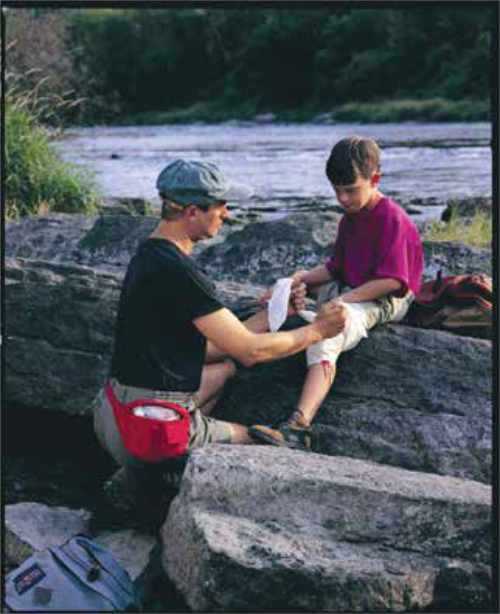
Jason was looking forward to a good day of paddling. While portaging the canoe, his partner tripped and took a nasty tumble with the canoe landing on him. Jason surveyed the scene and called upon his first aid training to provide immediate help: “I saw the blood and started to run through the checklists I learned in first aid class. The training helped me stay focused on providing the help that was needed.” luckily, his partner did not break any bones but did have to have his wounds treated when they emerged from the bush.
First Aid in the wilderness presents challenges very different from urban first aid. The first aider may have to provide care for long periods of time, under unsanitary conditions, exposure to the elements, and with very limited supplies. Assistance maybe hours or even days away depending upon the resources the group is carrying with them and the location they have gone into.

St. John Wilderness first Aid courses take the skills learned in an urban first aid course and apply them to the remote setting. To prepare the student for potential emergencies, the course includes:
- How to create bandages and dressings from materials at hand
- Improvising splints
- Watching for signs of infection and how to respond if it develops
- Providing the casualty with fluids and food
- Transporting the casualty to medical aid.
Although the St. John Wilderness first aid course touches on some wilderness survival skills it does not provide survival skill training. The focus of the course is the medical implications of injuries in remote settings and the factors one needs to consider when caring for the injured. Some of the support topics that are touched on include:
- The importance of trip planning and leaving a trip outline with someone responsible
- Shelter considerations for the injured
- first aid supplies to carry and how to use
- Signalling and communication beyond cell towers
- Transport considerations and options for the injured.
Additional survival training is highly recommended and complementary to the first aid skills that will be learned in the Wilderness first Aid course. As Jason learned, knowing the steps to take when faced with a medical problem allows you to take prompt and proper action.
For more information on St. John Wilderness first Aid Courses, feel free to contact your nearest St. John Training Centre, check out the website at www.sja.ca or send an e-mail to inquiries@sk.sja.ca.
